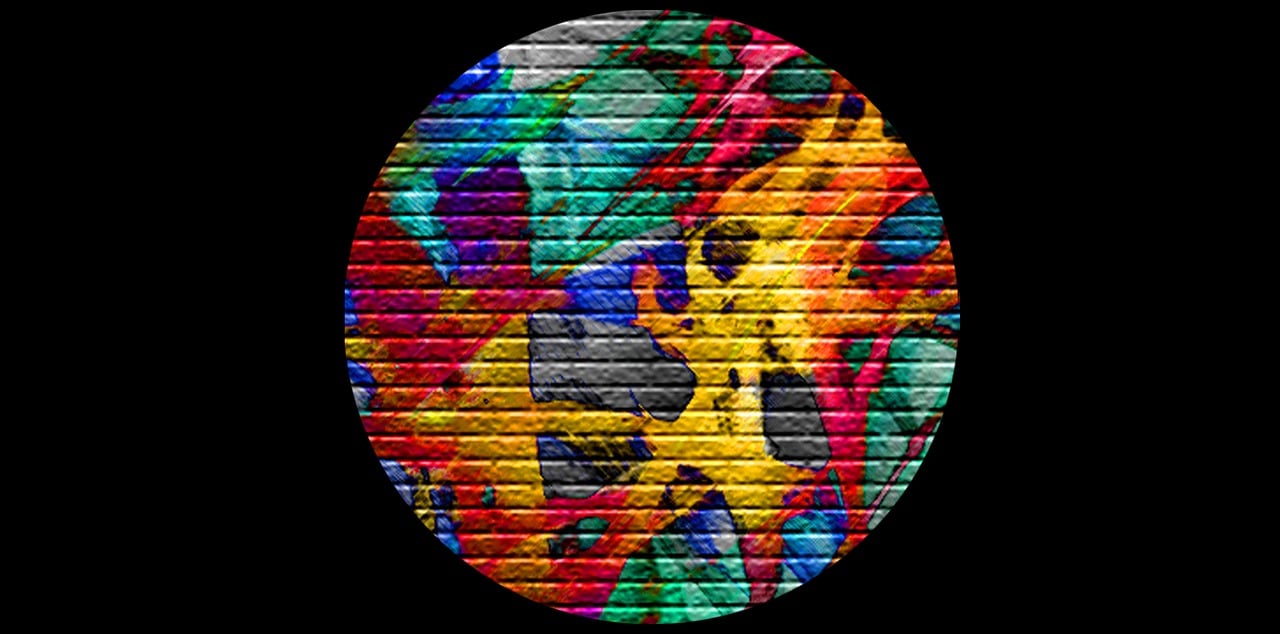Symbolism has long been used as a powerful tool to convey deeper meanings and evoke emotions. In the realm of art, it serves as a gateway to explore the intricate tapestry of human experience.
This symbolism takes center stage in the upcoming exhibition at St John’s Co-Cathedral in Valletta, where a set of rare tapestries will be showcased. These tapestries, meticulously restored after a 16-year process, are not simply pieces of fabric; they are windows into a bygone era, a testament to the craftsmanship and artistic mastery of their creators.
Crafted by weaver Judocus De Vos and based on the designs of Peter Paul Rubens, these 29 tapestries depict the Triumph of the Roman Catholic Church and scenes from the life of Christ and the twelve apostles. Made with pure silk and wool, they offer a glimpse into the rich history of European art.
The exhibition, funded by the St. Johns Co-Cathedral Foundation, will undoubtedly captivate art enthusiasts from around the world, making it a highlight in Malta’s cultural calendar.
Key Takeaways
- The Set of Tapestries at St John’s Co-Cathedral in Valletta will be exhibited from May 5th to June 24th.
- The tapestries were restored over a 16-year period at De Wit Laboratories in Belgium.
- Created by weaver Judocus De Vos and based on cartoons by Peter Paul Rubens, the tapestries are true works of European art using pure silk and wool.
- The exhibition features 29 pieces depicting the Triumph of the Roman Catholic Church and scenes from the life of Christ and the twelve apostles.
What to Expect
The exhibition of ‘The Set of Tapestries’ at St John’s Co-Cathedral offers a rare opportunity for visitors to view these historically significant artworks, which depict the Triumph of the Roman Catholic Church and scenes from the life of Christ and the twelve apostles.
These tapestries, created in Brussels by weaver Judocus De Vos and based on cartoons by Peter Paul Rubens, are true works of European art, utilizing pure silk and wool. They consist of 29 pieces, each showcasing intricate artistic details and craftsmanship.
The cultural significance of these tapestries is immense, as they provide insights into religious and historical narratives. The restoration process, carried out over a 16-year period at De Wit Laboratories in Belgium, aimed to preserve and repair these precious artworks.
The meticulous repair and cleaning efforts have ensured that the tapestries can be appreciated by art lovers from around the world.
History and Restoration
Restoration efforts on the historical tapestries at St John’s Co-Cathedral in Valletta were meticulously carried out over a 16-year period at De Wit Laboratories in Belgium, ensuring the preservation of these delicate works of European art. The tapestries, created in Brussels by weaver Judocus De Vos and based on cartoons by Peter Paul Rubens, hold great historical significance. They depict the Triumph of the Roman Catholic Church and scenes from the life of Christ and the twelve apostles. As time took its toll, the tapestries deteriorated, resulting in open seams and loss of silk threads. The restoration process was difficult and time-consuming, but the tapestries were meticulously repaired and cleaned. Preservation techniques included repairing open seams, reinforcing weak areas, and replacing missing silk threads. The St. Johns Co-Cathedral Foundation funded the restoration project, recognizing the importance of preserving these true works of art for future generations.
| Historical Significance | Preservation Techniques |
|---|---|
| Works of European art | Repairing open seams |
| Depicting religious scenes | Reinforcing weak areas |
| Created by renowned artists | Replacing missing silk threads |
| Cultural and artistic value | Meticulous repair and cleaning |
| Symbolic representations | Extensive preservation efforts |
Location and Dates
Located in the city of Valletta, the upcoming exhibition at St John’s Co-Cathedral showcases a collection of historical tapestries depicting religious scenes and symbolizing the cultural and artistic value of the Triumph of the Roman Catholic Church and the life of Christ and the twelve apostles.
The exhibition holds great significance as it offers a rare opportunity to witness these exquisite tapestries, last displayed in 1990 during Pope St John Paul II’s visit to Malta.
The tapestries, created in Brussels by weaver Judocus De Vos and based on cartoons by Peter Paul Rubens, are true works of European art made with pure silk and wool.
This unique collection consists of 29 pieces, each depicting different aspects of the Roman Catholic Church and scenes from the life of Christ and the apostles.
The tapestries have undergone an extensive restoration process over a 16-year period at De Wit Laboratories in Belgium, meticulously repairing and cleaning them.
Visitors can expect a captivating and immersive experience, delving into the rich history and artistic beauty of these remarkable tapestries.
Frequently Asked Questions
How much does it cost to visit the exhibition?
The cost of tickets for the exhibition at St John’s Co-Cathedral and its opening hours are not provided in the given information. Further research or contacting the Cathedral directly is necessary for this information.
Are there any restrictions on photography inside the cathedral during the exhibition?
During the exhibition at St John’s Co-Cathedral, photography is not allowed inside the cathedral. However, visitors can purchase souvenir items related to the tapestries at the cathedral’s gift shop to commemorate their visit.
Can the tapestries be purchased or are they only for display?
The tapestries showcased at St John’s Co-Cathedral are solely for display and not available for purchase. They serve as valuable works of art and historical significance, which makes them unavailable for sale to the public.
Are there any guided tours or audio guides available for the exhibition?
Guided tours and audio guides are available for the exhibition at St John’s Co-Cathedral. These resources provide visitors with in-depth information about the tapestries, their historical significance, and the restoration process. They enhance the overall experience and understanding of the artwork.
Is there a specific dress code that visitors need to adhere to when visiting the exhibition?
Visitors to the exhibition at St John’s Co-Cathedral are expected to dress in appropriate attire, following the etiquette guidelines of the venue. This ensures a respectful and appropriate atmosphere for experiencing the artworks on display.










